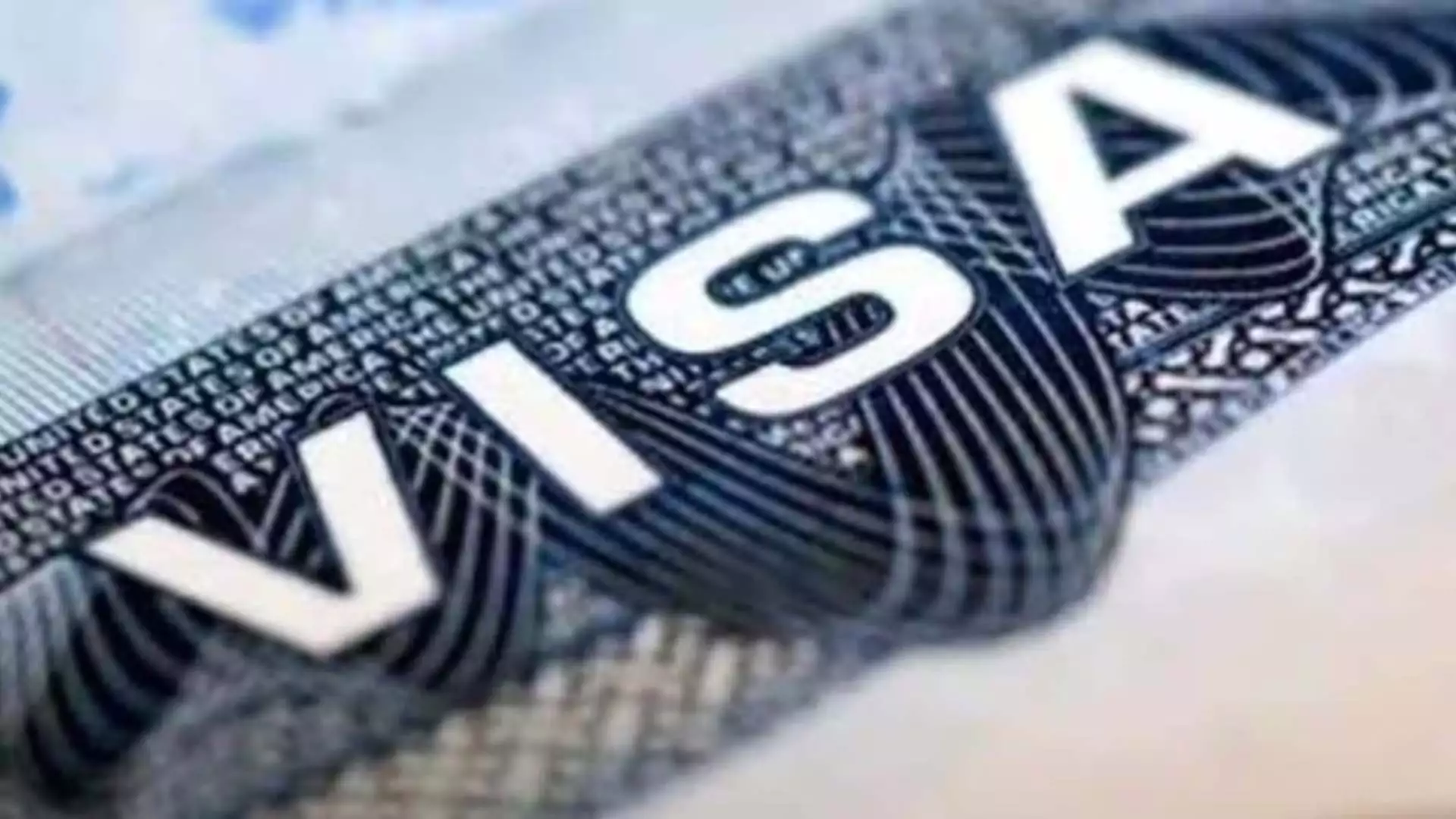The challenge of establishing safe zones for vultures in India remains critical, as experts emphasize the looming deadline for the country’s vulture conservation plan, which is set to conclude next year. With the vulture population in free fall, the implications for ecosystem health are alarming.
Declining Vulture Populations
During the National Symposium for Vulture Conservation 2024 held in Ahmedabad, organized by the Bird Conservation Society of Gujarat, experts voiced their concerns regarding the rapidly declining vulture populations. Once estimated at around 40 million in the 1980s, the population of three key Gyps vulture species plunged by 90% by the 1990s, leaving only approximately 4 million. In the following decade, that number dwindled further by 99%, bringing the current estimated population down to a mere 20,000. The three species in question—the Long-billed Vulture, the White-backed Vulture, and the Slender-billed Vulture—are now critically endangered.
MUST READ: JJP-ASP Alliance ,Promises To buy All Crops At MSP In Haryana
Causes of Decline: The Role of Diclofenac
A primary culprit in this drastic decline has been identified as diclofenac, a non-steroidal anti-inflammatory drug (NSAID) commonly used in livestock. This drug has caused visceral gout in vultures, leading to their significant mortality since these birds often feed on livestock carcasses. In response to the crisis, the Indian government banned the veterinary use of diclofenac in 2006, which resulted in a noticeable decrease of the drug in dead cattle. However, the introduction of alternative NSAIDs has continued to pose a threat to vulture populations.
Among the 23 vulture species worldwide, nine reside in India, with four classified as critically endangered. In an effort to combat the problem, the Indian government restricted the sale of diclofenac in vials larger than 3ml in July 2015 to curb misuse.
Action Plan for Vulture Conservation
The Indian government launched the Action Plan for Vulture Conservation in 2020, aiming to establish eight Vulture Conservation Breeding Centres and corresponding Vulture Safe Zones (VSZs) across the country. The plan includes identifying VSZs in all states to protect all nine vulture species found in India. In 2023, a gazette notification prohibited the veterinary use of other NSAIDs such as aceclofenac and ketoprofen, both identified as harmful to vultures.
Dr. Vibhu Prakash, a member of the task force for the conservation plan, stated, “There are over 14 NSAIDs available in the market for veterinary use, and many of them may be toxic for vultures. Meloxicam and Tolfenamic acid are the only safe drugs for vultures.” He also explained the criteria for establishing a VSZ: monitoring must show no signs of visceral gout or toxic drugs in dead vultures within a 100km radius for two years, alongside stable or increasing vulture populations. Unfortunately, despite these efforts, no safe zone has been established to date.
Breeding Programs and Future Prospects
The vulture breeding program focuses on the three Gyps species, with the goal of establishing 600 pairs of each species to create a viable population. The first successful release of vultures into the wild occurred in 2020, but Dr. Prakash expressed skepticism regarding the establishment of even one VSZ by the 2025 deadline. “The aim of VSZs is to protect remaining in-situ populations and release sites for captive-bred birds until toxic drugs are removed nationally,” he noted.
The Role of Research and Monitoring
John Mallord, a senior conservation scientist at the Royal Society for the Protection of Birds in the UK, pointed out that covert surveys conducted from 2012 to 2024 revealed a decline in diclofenac availability in the four Vulture Safe Zones in India. “However, the drug remains widely available in other states, including illegally manufactured large vials,” he explained, highlighting the continued threat to vulture populations.
Chris Bowden, co-chair of the IUCN Vulture Specialist Group, warned against the premature release of captive-bred vultures without proper safe zones and regulations. He urged, “India should mandate safety testing of NSAIDs on vultures before veterinary use is approved.”
Current Assessments of Vulture Nesting
R Sureshkumar, conducting a nationwide assessment of vulture populations for the Union Environment Ministry, reported on the nesting status of critically endangered Gyps vultures between February 2023 and June 2024. The findings indicate that the Indian Vulture has the highest nesting sites primarily in Madhya Pradesh, while White-backed Vultures have substantial nesting locations in various regions, particularly in Kangra Valley, Himachal Pradesh. However, the nesting population of Slender-billed Vultures remains critically low, with observations limited to Assam.
Sureshkumar emphasized the importance of this data, stating that it forms a vital baseline for the development of a National Vulture Database, which is currently being created.


















